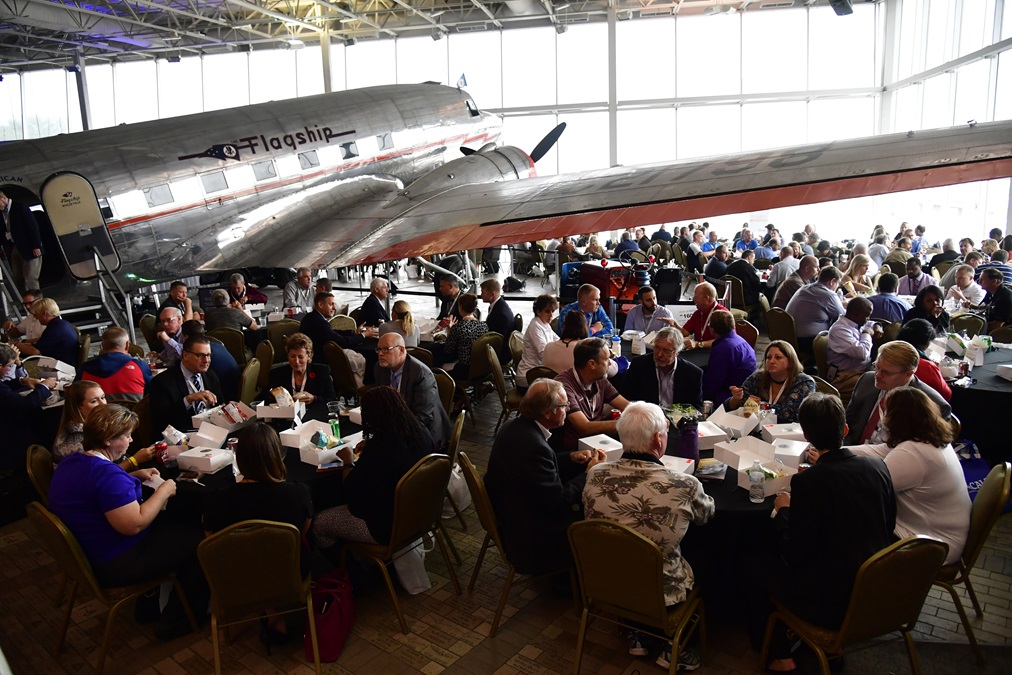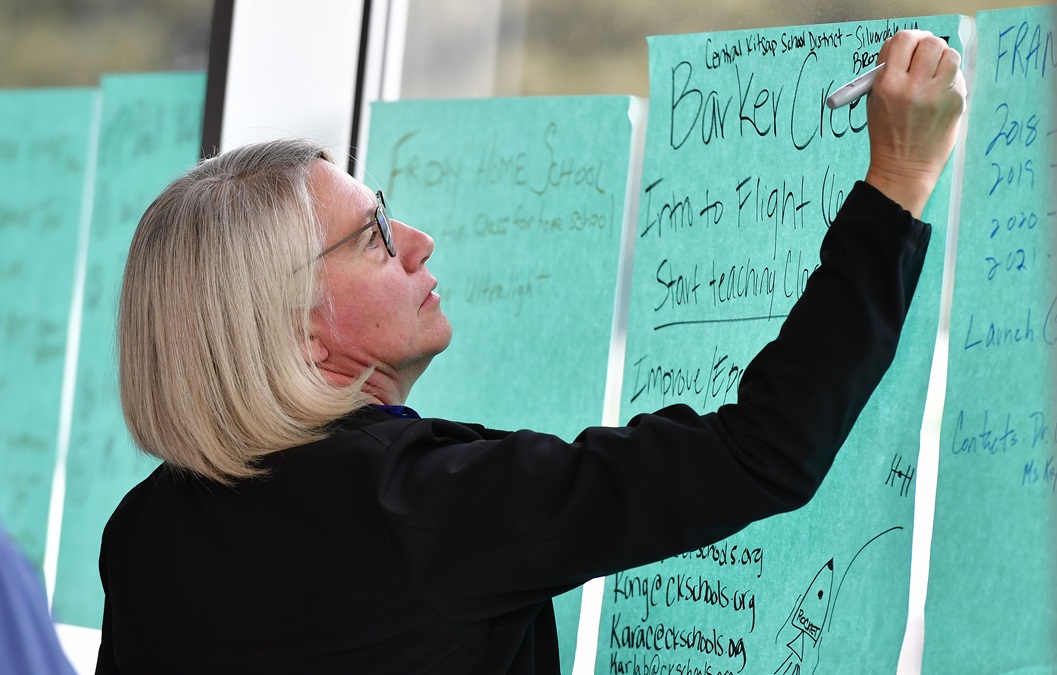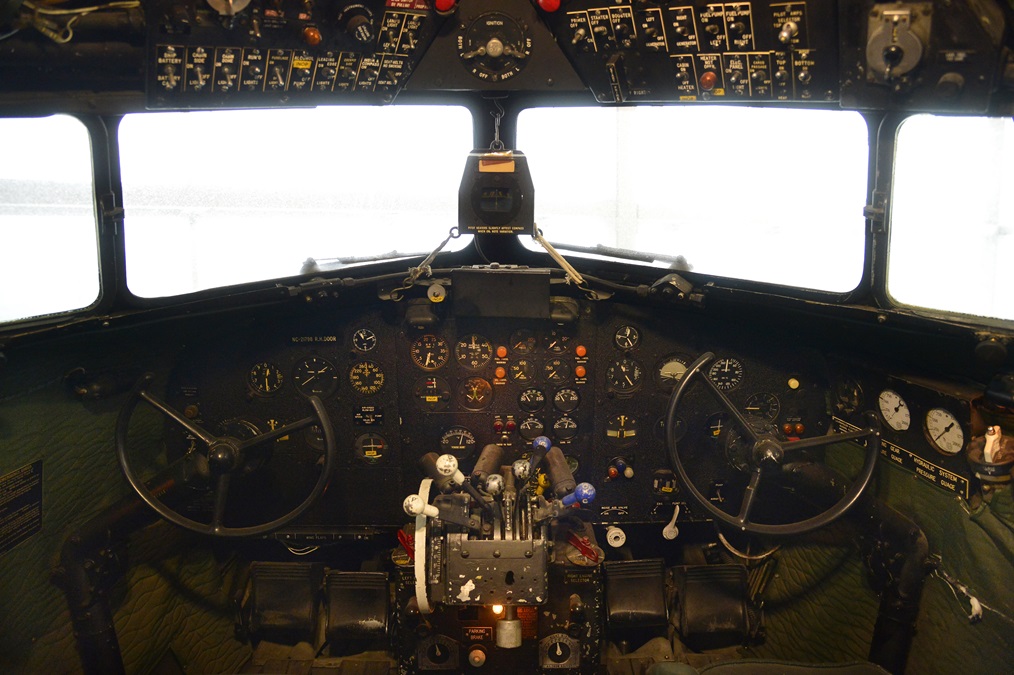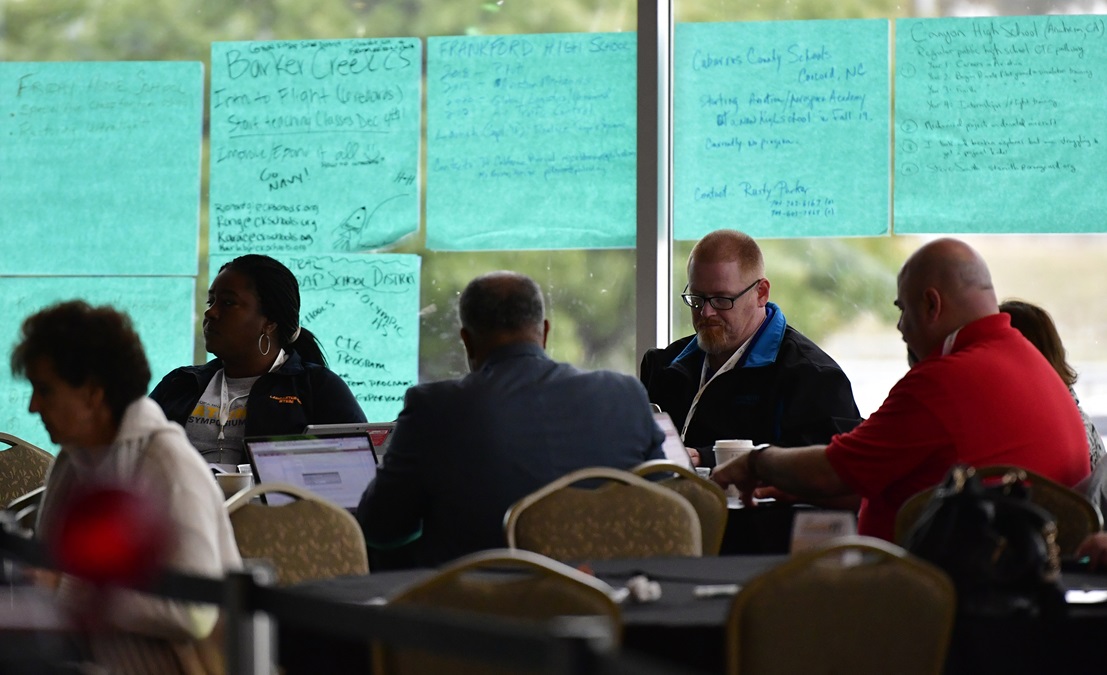AOPA High School Aviation STEM Symposium 'engaging and informative'
Tools and techniques enable educators, build relationships
Educators “plant the seeds” that will allow students to blossom into aviators or pursue aviation-related careers, said David Tatum, director of pilot recruiting for American Airlines, as he welcomed 255 attendees to the third annual AOPA High School Aviation STEM Symposium in Fort Worth, Texas, Nov. 6 and 7.
During opening remarks he noted the aviation industry was expected to retire thousands of pilots, mechanics, and air traffic controllers within the next 20 years. “What that means is that it’s an incredible opportunity for young people considering a variety of aviation career options.”
“There’s really no better time to become a pilot,” said Envoy Air Senior Vice President for Air Operations Dee Temples, who added that the air carrier “introduced signing bonuses, retention bonuses, and increased pay steps” for incoming pilots.
Many of the 15 breakout and general sessions were held near—or under—the wings of a majestically restored silver-and-orange Douglas DC-3 dubbed Flagship Knoxville. The aviation-rich museum environment also showcased cutaways of jet and propeller engines, explanations of flight principles, and cabin crew nostalgia that provided additional learning opportunities.
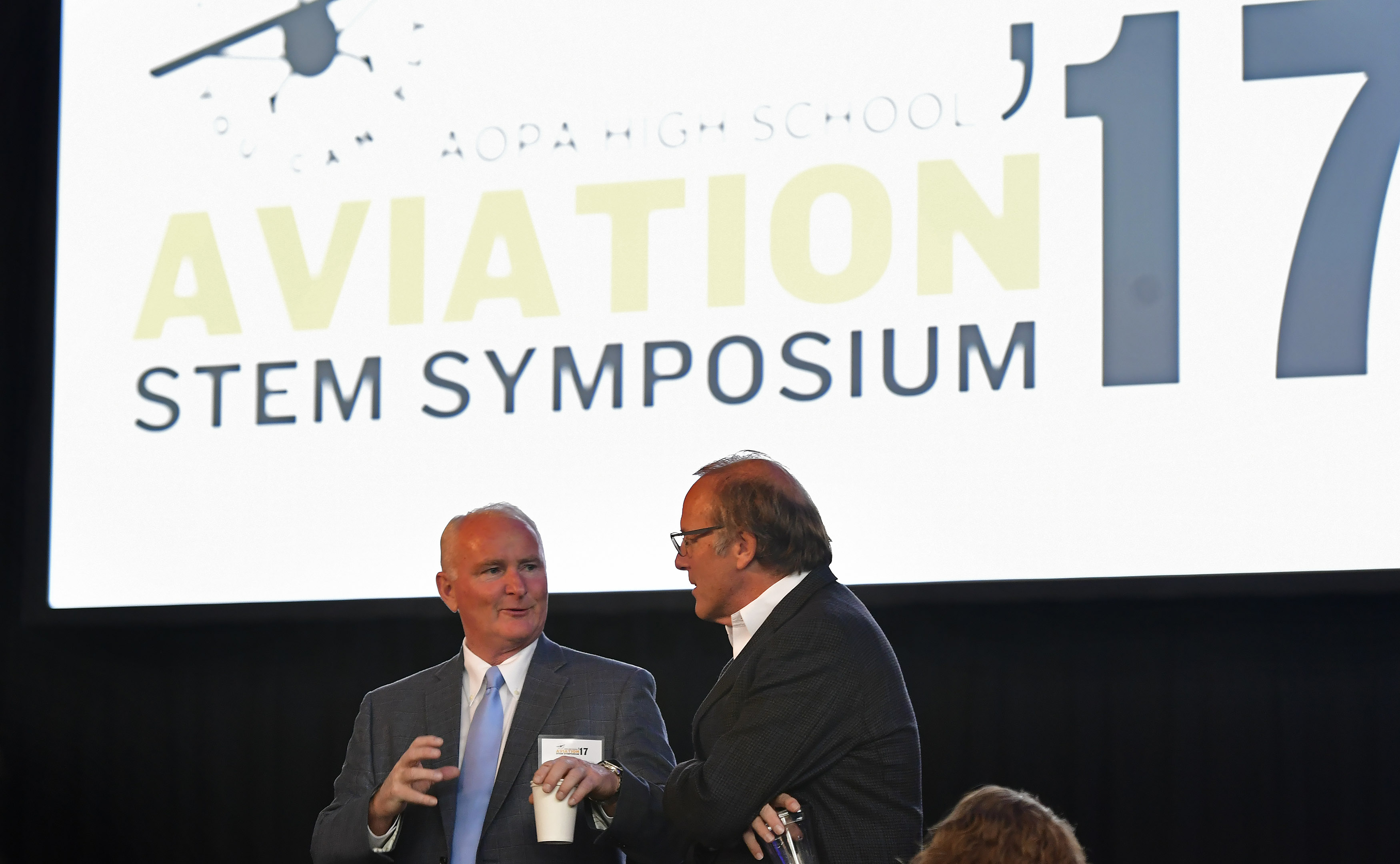
As the two-day session began, AOPA President and CEO Mark Baker reiterated the importance of STEM subjects as a pathway to aviation education. He thanked the teachers and mentors for their “commitment to a very important journey.”
AOPA High School Aviation Initiative Senior Director Cindy Hasselbring said it was important to connect students with meaningful learning experiences through aviation STEM curriculum. She noted that a goal of the symposium, now in its third year, was to have more students realize that “aviation is a great career option.” She explained that the ninth-grade curriculum is being tested in 29 high schools across the United States. She reassured attendees that the curriculum would remain free.
AOPA recognizes the importance of growing the pilot population and has put several programs in place to ensure a robust future for aviators. The goal of AOPA’s You Can Fly High School Initiative is to help build and sustain aviation STEM programs and to provide a quality workforce to the aviation industry.
Breakout sessions focused on strategies teachers have taken to implement aviation into their schools. Participants heard from fellow educators, private and commercial aviation representatives, an astronaut, and other leaders who focused on the increased demand for air travel—including space exploration.

New Jersey's Morris Hills Regional District Assistant Superintendent Nisha Zoeller attended the symposium to find out how she could initiate a high school aviation program. “It’s like putting the pieces together of a very important puzzle,” said fellow New Jersey educator Chris Volpe. Pilot David Sarkisian of Delta Airlines noted that replenishing the ranks of retiring career pilots would involve “getting younger pilots involved” in professional aviation pathways.
Grant Funk, an Alaska-based aviation STEM teacher, said he has seen the interest in aviation grow over the last several years as careers become more attractive with better starting pay for pilots, hiring bonuses from regional airlines, and direct pathways to major airline carriers. He proudly showed a photo of twin 14-year-old sisters who made a 16-foot-long aviation history chart for their classwork project—and included their own first flight lessons on the display. He said the program gives Alaskans a “leg up on math and science,” and he hoped to develop a similar program for younger students. “One of the things we discovered was that we can grab their attention in middle school” and introduce students to one of 30 careers he identified in the aviation industry.
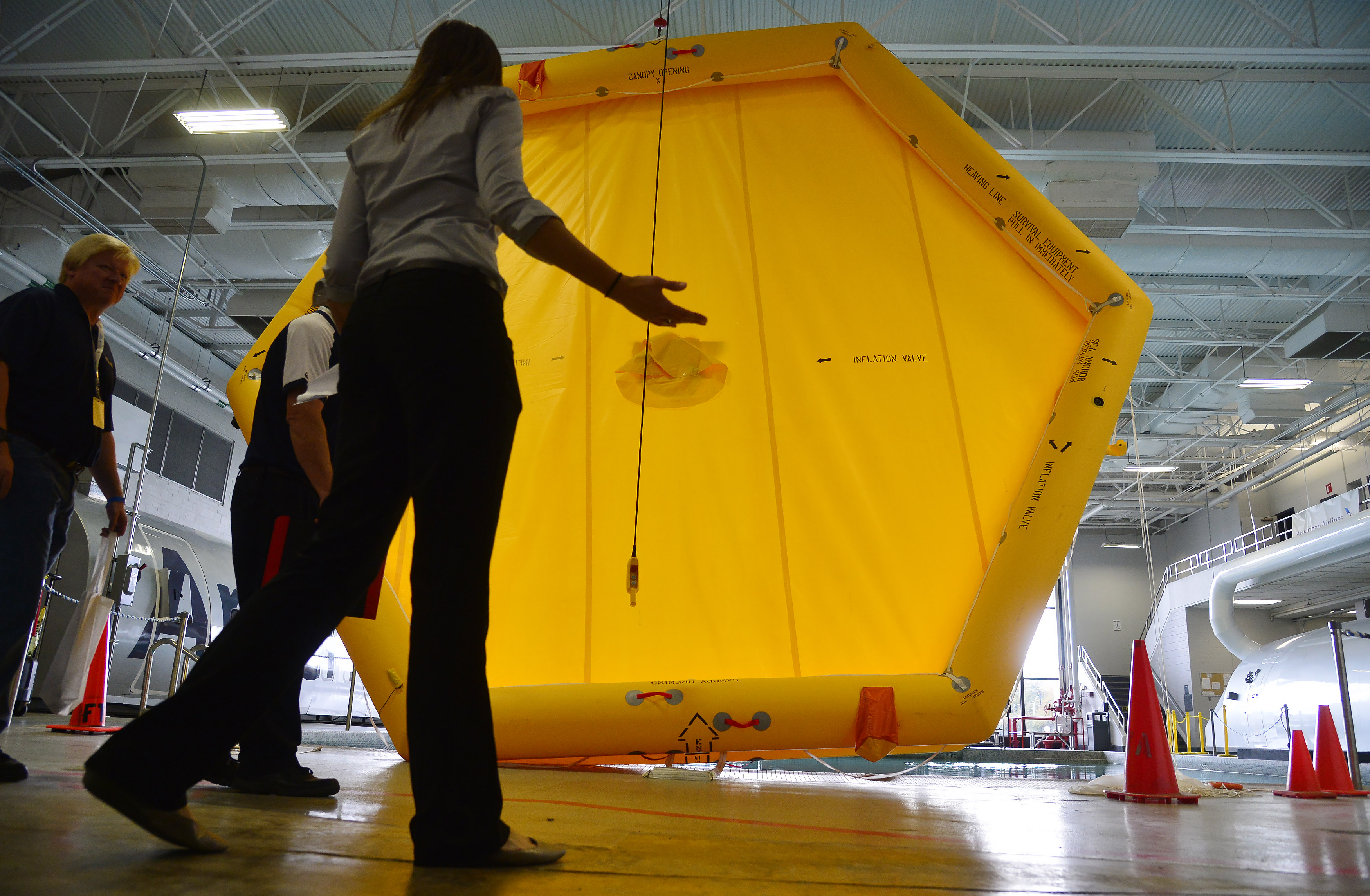
Attendees participated in optional tours that gave them an inside look at the nearby Fort Worth Air Traffic Control Center—a beehive of activity for flights arriving at Dallas-Fort Worth International Airport or Dallas Love Field Airport—and the American Airlines flight operations and training facility.
The tours were eye-opening for educators who noted a variety of career options in the aviation sector besides the obvious tracks for pilots, mechanics, or cabin crew personnel. They observed information technology specialists working on computer systems, weather experts assisting ATC personnel, emergency training experts teaching evacuation procedures, retail airport operations, and more.
“Airports are like shopping malls,” explained Sam Fischer of Florida State College at Jacksonville. “You can eat dinner, buy clothes, or purchase electronics, so it’s like a mall but with FAA rules. Every job you can think of—we do it in aviation.”
John Hope, a fleet training manager for American Airlines, explained how recurrent pilot training was standardized but individually focused “so the instructor pays attention to you.” Hope said the carrier was “constantly over-analyzing the safety experience.” The equipment and techniques “could even make [famed aviator] Chuck Yeager look bad” if an instructor so desired (though few would likely try).
“Pilot careers today are much better than they were 20 years ago,” confided retired Alaska Air Group Chairman and CEO Bill Ayer, who led a lively panel discussion on the growing demand in aviation fields, and noted that “teachers are the unsung heroes.”
Tatum reminded attendees that “flying has become more and more accessible for young people. It’s a career field that is truly open to everyone. That’s the message I really want you to take back to your community.”
Hasselbring promised educators would see “a different side of aviation” in 2018 when AOPA’s fourth annual High School Aviation STEM Symposium convenes Nov. 5 and 6 in Louisville, Kentucky, home of package shipping expert UPS.
The You Can Fly program and the Air Safety Institute are entirely funded by charitable donations to the AOPA Foundation, a 501(c)(3) organization. To be a part of the solution, visit www.aopafoundation.org/donate.

